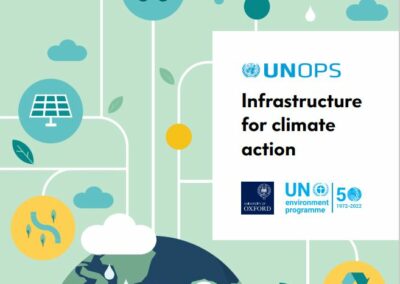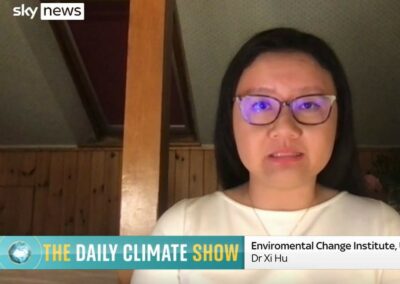A lack of available demand data can hinder infrastructure assessment. To better identify the ‘digital divide’ in telecoms demand, it is possible to predict cell phone adoption and spending using publicly available satellite imagery and machine learning. The method has been applied in Malawi and Ethiopia.
Predicting cell phone adoption metrics using machine learning and satellite imagery, by Edward J. Oughton and Jatin Mathur
Approximately half of the global population does not have access to the internet, even though digital connectivity can reduce poverty by revolutionizing economic development opportunities. Due to a lack of data, Mobile Network Operators and governments struggle to effectively determine if infrastructure investments are viable, especially in greenfield areas where demand is unknown. This leads to a lack of investment in network infrastructure.
In this paper a machine learning method is presented that uses publicly available satellite imagery to predict telecoms demand metrics, including cell phone adoption and spending on mobile services.
A predictive machine learning approach consistently outperforms baseline models which use population density or nightlight luminosity, with an improvement in data variance prediction of at least 40%.
The method is a starting point for developing more sophisticated predictive models of infrastructure demand using machine learning and publicly available satellite imagery.
The evidence produced can help to better inform infrastructure investment and policy decisions.
Highlights
- Cell phone adoption metrics can be predicted using satellite imagery.
- We present an open-source predictive machine learning approach.
- A minimum predictive improvement of 40% is achieved against baseline models.
Access
Open access link until June 2021: https://authors.elsevier.com/a/1cvpI2dUkYPwwf
Long-term link: https://www.sciencedirect.com/science/article/abs/pii/S0736585321000617
Acknowledgement
The research was developed while EJO was at the University of Oxford under MISTRAL (EPSRC grant EP/N017064/1).


